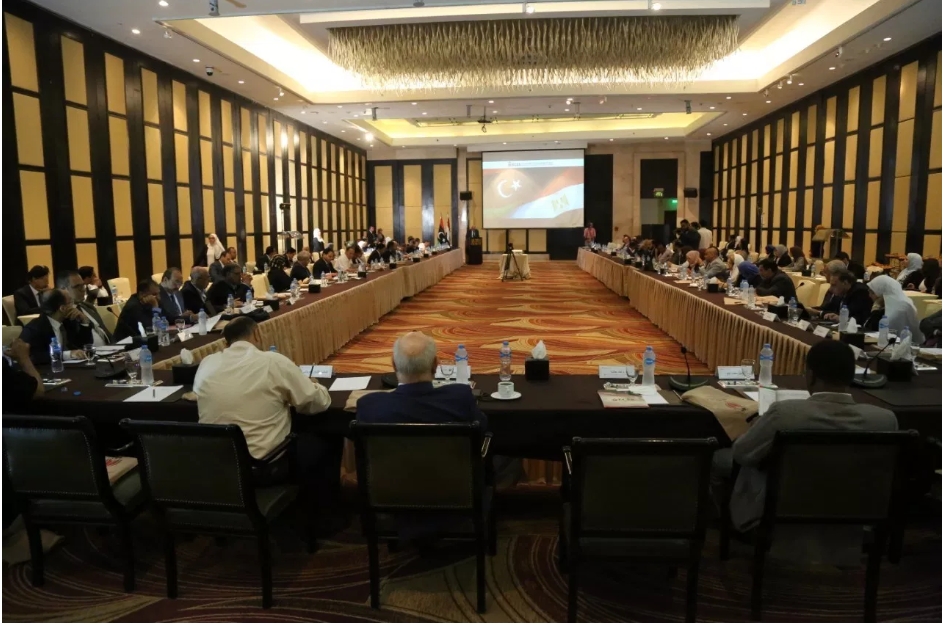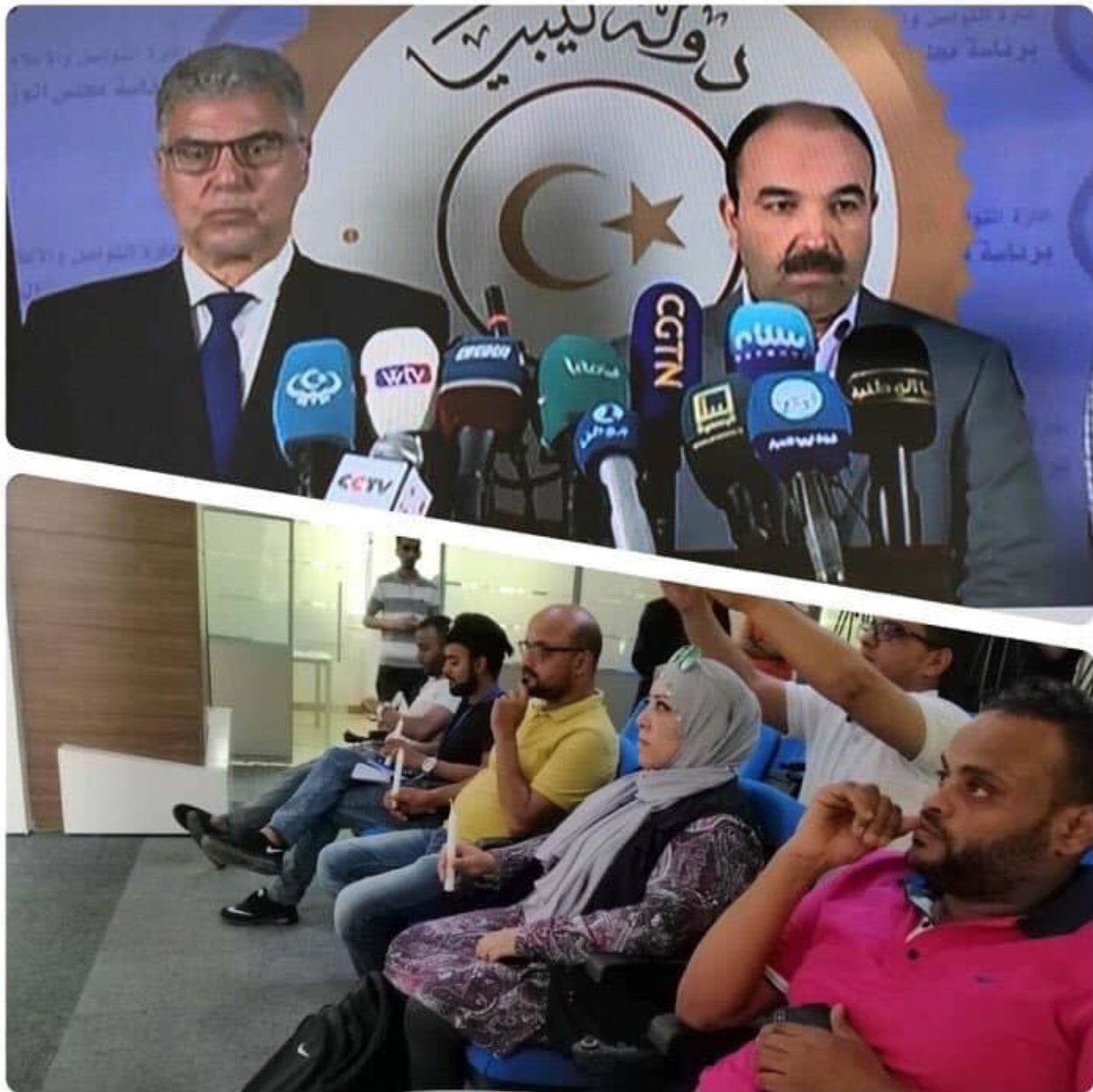By Sami Zaptia.

London, 16 July 2019:
Libya’s oil revenues were up on projections by LD 1.148 bn to LD 14.348 bn for the period 1/1/2019 to 30/6/2019, the Tripoli based Central Bank of Libya (CBL) reported in its latest bulletin yesterday.
Oil revenues contributed 92.8 percent of the state budget – underlining Libya’s oil dependency and rentier state status.
Total sovereign state revenues totalled LD 15.469 down LD 31 million on projections.
Revenues from its newly-introduced Foreign Currency Sales Tax contributed LD 11.1 bn to state coffers – up from the projected LD 7.9 bn.
This new tax was introduced in the 2018 reforms to help ease the cash crisis, earn an alternative revenue for the state and reduce the black-market foreign currency exchange rates.
The CBL said that in 2018 the tax earnt the state LD 13 2 bn of which LD 5 bn were allocated for nation-wide development projects and LD 5 bn to repay the 2018 public debt.
The Tripoli CBL stressed that its expenditure covers all of Libya – including the east of Libya – which just so happens to be waging a war on Tripoli.
The latest CBL bulletin also shows that state-sector salaries take up 55.2 per cent of total budget outgoings.
Meanwhile, subsidies use up 19.9 per cent (LD 3.483) of the syaye budget, of which LD 638 m go to the state medical purchasing arm (MSO- Medical Supply Organization), LD 2.1 bn go to fuel subsidies, LD 410 go to electricity subsidies, LD 206 go to public cleaning and LD 130 go to water and sewage.
Notably, the state National Oil Corporation (NOC), the main state entity actually earning the Libyan state revenues, only gets 2.096 bn to keep its production going.
Equally, the projects/development section of the budget only received LD 897 m (5 per cent) as opposed to the projected LD 2.5 bn.









